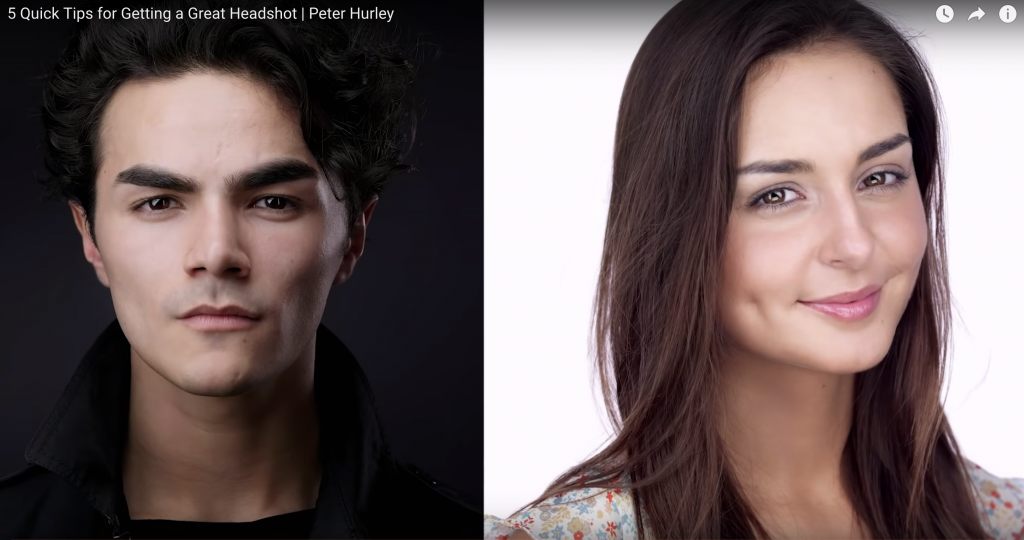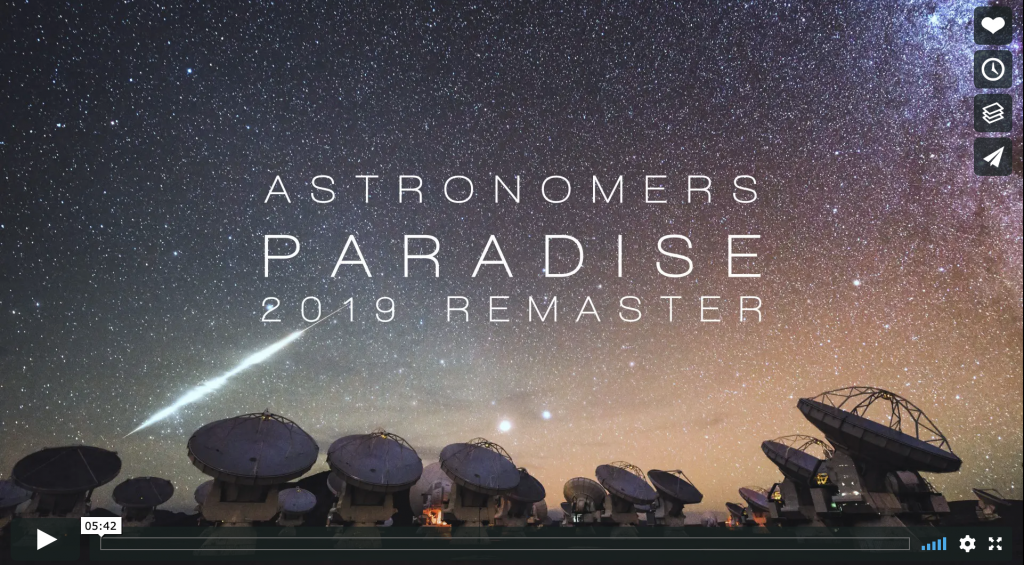External Camera Flash
When using an external flash, first learn how to shoot in “TTL” through the lens. This is the same as “Auto” mode on the flash. The camera will dictate how much flash output to give to each subject. Later learn the “manual flash mode”. To control each shot with a full power or 1/2, 1/4, 1/8, 1/16, 1/32, 1/64, or 1/128th of a second of flash. Practice until it become more natural
Author: A.Feliciano
Word About Mirrorless Cameras
A mirrorless camera is coming to your favorite manufacturer in the near future. Although Sony is ahead of the pack. Nikon and Canon although late to the game is generating their line and brand of the mirrorless wonder. Canon just released the full frame EOS R. A full frame mirrorless camera for about $2000. Small, compact, and able to use lens adapter to use other Canon existing lenses.
Check out the PhotoTalk interview with Andrew MacCallum from Canon as he
talks about the EOS R camera.
Author: A.Feliciano
Who Owns the Photograph?
The current law states, that anyone who takes the photo is the owner of the image. This was not always the law. Before 1924 all photos regardless of who ever took the photo went to “Public Domain”. that is anyone could profit from them. Between 1924-1977, a law giving rights by copyright registration only was enacted in the US. After 1977, a photograph taken by a human, is copyrighted the moment that person clicks the shutter. That photo is then protected for the life of that photographer, plus 70 years. Although its always best to register a copyright by going online, and getting a copyright license.
Author: A.Feliciano
Bonnie’s Work Flow
Nikon Coolpix A900 à Upload to computer using Nikon Transfer à Move to appropriate pre-labeled subdirectory in Windows Explore à Uses Windows’ slideshow function to identify and cull unwanted pictures. à Edit remaining pictures with Corel PaintShop Pro 2018 à Copy edited pictures to other subdirectories on my computer set up for management of my website à Reduce those copies to thumbnails using Easy Thumbnails à Create slideshow of the thumbnails using SWF Slide by Antssoft, Inc. Prepare a webpage and embed slideshow in it using Microsoft Expressions Web 4. Upload new page to my website via GoDaddy using Filzilla. (My PC computer’s screen saver is set to “My Photos” so I randomly view the full-size versions of my pictures all the time.)
Sincerely, Bonnie Hodge
Peter Hurley Portrait Tips

Video link:Peter Hurley https://youtu.be/qjyw7HTneuY
Auroa Australis over the South Pole video
 German timelapse photographer Martin Heck of Timestorm Films released this gorgeous 6-minute short film that showcases the beauty of the southern lights (AKA aurora australis) over the South Pole.
German timelapse photographer Martin Heck of Timestorm Films released this gorgeous 6-minute short film that showcases the beauty of the southern lights (AKA aurora australis) over the South Pole.
Essential Tips for Landscape Photography-From Petapixel.com
![]()
Tip #1. Break Rules-Be Tenacious
this image of the most iconic red cabins on the Lofoten Islands as an example. Due to the extreme winds and heavy snow, it would have been impossible to capture the image using a tripod, f/11, a remote shutter, and ISO100.
Instead, my plan of attack was to turn my back to the cabins, quickly turn around and grab a shot, turn back around, review the image and remove snow from the lens, then turn back around and take another shot. I repeated this until I got all the elements just as I wanted.
There might also be other reasons why you’re not able to do everything technically perfect. Maybe the perspective you’re photographing from doesn’t allow the use of a tripod, maybe there’s no space for one, maybe it’s windy so ISO100 and f/11 will blur the foreground colors. There can be many reasons and with practice, you’ll learn to identify them immediately.
Tip #2. Study Other Photographers
You might be familiar with my opinions on this topic if you’ve read my article “Landscape Photography is NOT a Competition” or “Should You Look at Other Photographers’ Work?“.
It’s important to take the time to study the work of photographers you admire. When viewing another photographer’s work you should ask yourself a series of analytic questions, such as:
- Why do you like (or dislike) the image
- What is it about the image that works?
- How did the photographer optimize the composition?
- How did they process it?
Asking these questions will make you become more aware when in the field taking images for yourself. You don’t need to do this with every single image you see but try to set aside some time every week where you go through and analyze your favorite images (and least favorite images) of the week.
Note: It’s important that you don’t start comparing your work too much. Study other photographers’ work to learn, not to compare.
Tip #3. Focus on Compositions
The third and final essential tip for landscape photography is one that will make a major improvement to your images: work on the composition.
This can’t be repeated enough: It’s essential to have a good composition if you want to create more than ‘ordinary’ images.
Many beginning photographers make the mistake of thinking that a good image is defined by the weather and scenery; this couldn’t be further from the truth. Yes, a stunning landscape with beautiful light will create an attention-grabbing image but it’s never going to be more than a nice snapshot without a good composition.
![]()
